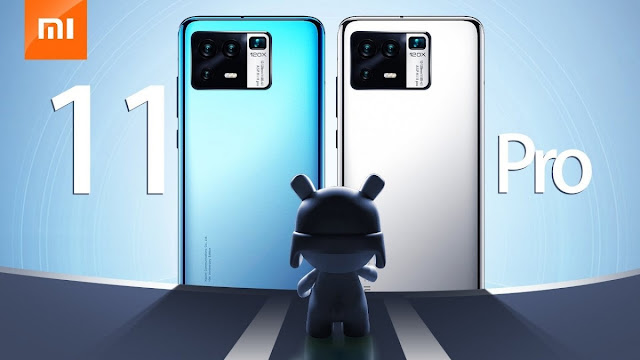Vivo X60 and X60 Pro has been revealed Exynos 1080, 120Hz AMOLED screen, ZEISS lens, OriginOS.
As we already know, the Vivo X60 and X60 Pro are the firsts smartphones to sport the latest 5nm Exynos 1080 chipset from Samsung. It comes with a Cortex-A78 core clocked at 2.8GHz, 5G and WiFi 6, and a Mali-G78 MP10 GPU.
Both models also share the same curved 6.56-inch FHD+ AMOLED screen, with a smooth 120Hz refresh rate and HDR10+.
The X60 Pro, as well as the X60, are the first devices to ship with the company’s latest OriginOS 1.0, which is based on the new Android 11 operating system.
The key difference here are the cameras, batteries, RAM, and storage. The Vivo X60 Pro features a 48-megapixel Sony IMX598 sensor with the company’s 4-axis OIS that we saw on the X50 Pro. There’s also the 13-megapixel ultra-wide/macro camera, 13-megapixel 50mm lens for 2x portraits, and an 8-megapixel periscope-style lens offering up to 5x zoom.
It also has a 4,200mAh battery with 33W fast charging and comes with a single 12GB/256GB model.
The vanilla Vivo X60 kept the same cameras but lacks the special periscope lens. It also has a slightly bigger 4,300mAh and comes in two storage options: 8GB/128GB and 8GB/256GB. No 12GB option.
Oh, and if it wasn’t obvious already, they are the firsts Vivo smartphone to boast that ZEISS lens branding on the back.
The Vivo X60 has a price of CNY3,499 (around Php25,700) for the 8GB/128GB, while the 8GB/256GB will be at CNY3,799 (around Php27,900). On the other hand, the Vivo X60 Pro 12GB/256GB retails for CNY4,499 (around Php33,000). Its international release, especially in the Philippines, is yet to be revealed.





